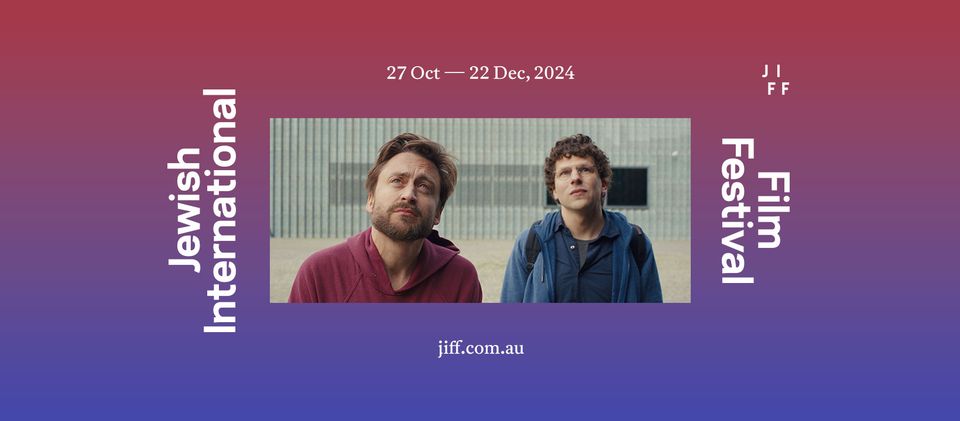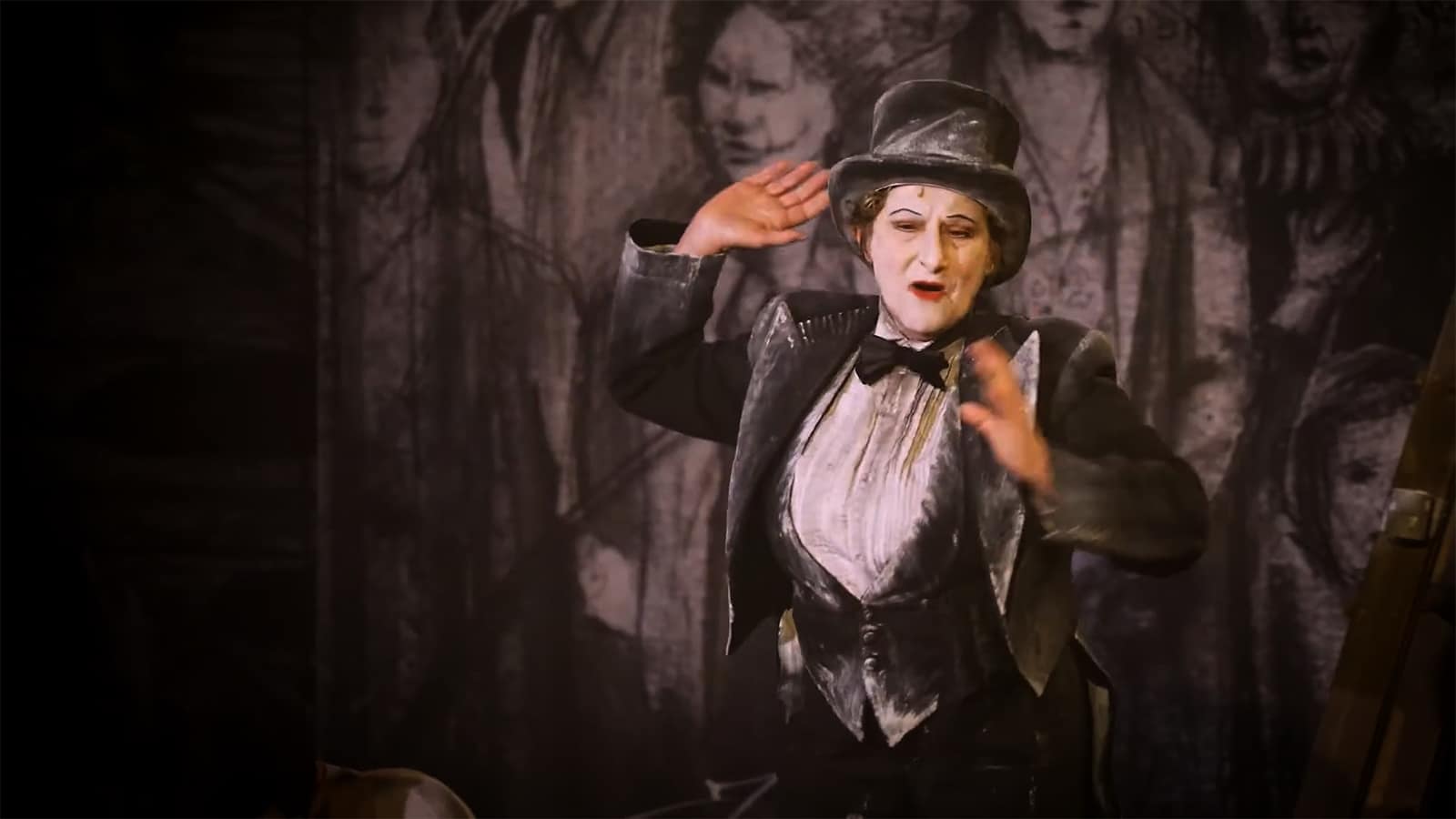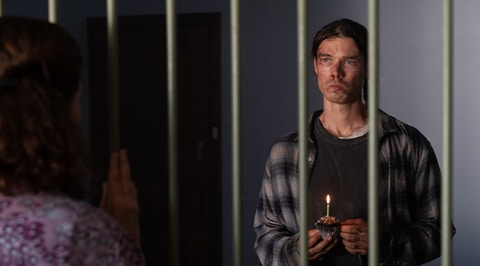Welcome to Yiddishland: Reviving A Dying Language
Click here if you liked this article 2 ![]()
Date Reviewed: 27/10/2024

Ros Horin’s Welcome to Yiddishland is a charming and lighthearted exploration of modern art and the Yiddish language. We are introduced to a host of characters who are exploring the Yiddish language through forms of music, performance and art. The characters originate from all corners of the globe. And the film features performances from events held in Australia, Germany, the States and beyond.
As they recount their personal experience with the language, the audience is walked through the complicated history of Yiddish, from its inception to its current classification as a dying language. One thing is made clear. It is a language of a people, not of a land.
Documentaries are meant to introduce the audience to worlds previously unknown. As someone with no prior knowledge of the origins and history of the language, this documentary does a great job of educating the audience, while maintaining an upbeat musical tone. It’s a message of joy and perseverance in the face of multi-generational hardship.
The film wonderfully highlights the almost magical connection between music, art and culture. The joy and life that speaking Yiddish brings to the featured characters illustrate the crucial role a language plays in sustaining a culture.
Many characters echo the sentiment, “The culture is here to stay”.
It is tough to make a documentary these days. You have to strike the right balance between informational, entertainment and emotional beats. And today’s audience is well versed in the short-term attention-grabbing buzzy titles regularly featured on streamers.


Don’t expect sleek panning shots or game-changing twists in this film. It has a more personal feel, often the performances feel more like a home video than something that would dominate the top ten page of the streamers. This film would be at home on the traditional TV channels.
As the documentary follows a large cast of characters, the audience doesn’t spend a lot of time with a small group of key players. Instead, we meet featured characters for an introduction beat and sometimes revisit them sporadically throughout.
This leads the film at times to have a general lack of focus. We follow too many people to be genuinely connected to any of them. And those that we are introduced to, we don’t spend enough time with to fully connect with their personal arc.
Though not lacking in joy, the uneven structure and general broad scope of the story limit chances for deeper emotional beats to be experienced. Telling the whole story of the Yiddish language is hard to do in 93 minutes. It means that interesting sub-stories are skipped over in the pursuit of a more general story.
There is also a slightly obvious attempt to address the current complication that might arise from featuring stories told in Israel. While the documentary does its best to remain neutral and promote unity over hate, it’s a complicated line. One that can easily be interpreted as flippant by certain parties.
One thing is clear, the director wants you to know. Yiddish has not said its last word.
Reviewed by